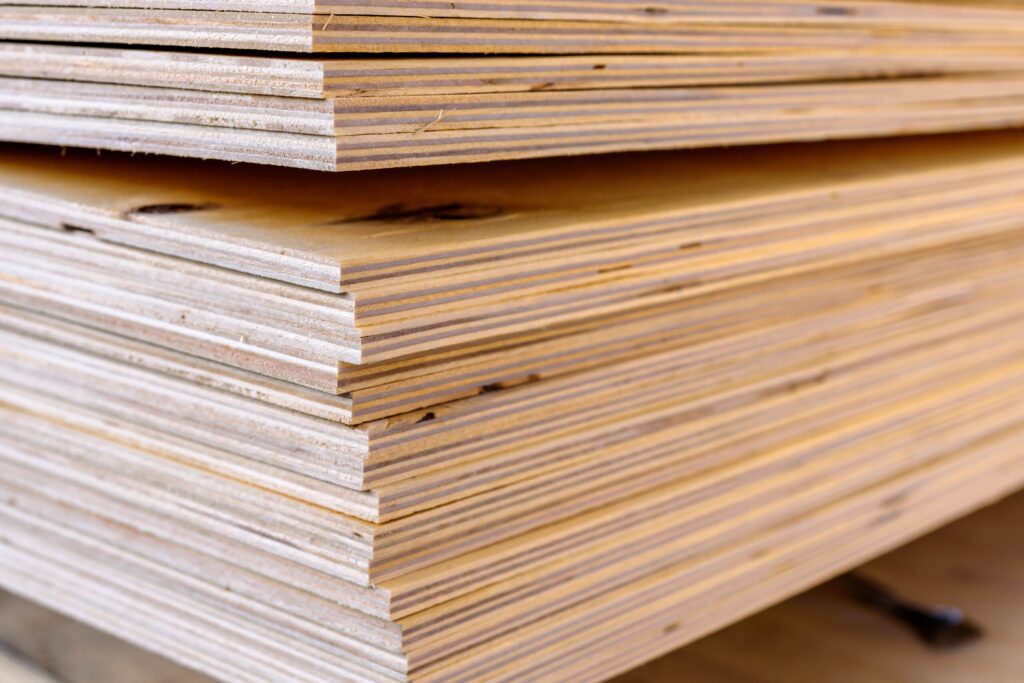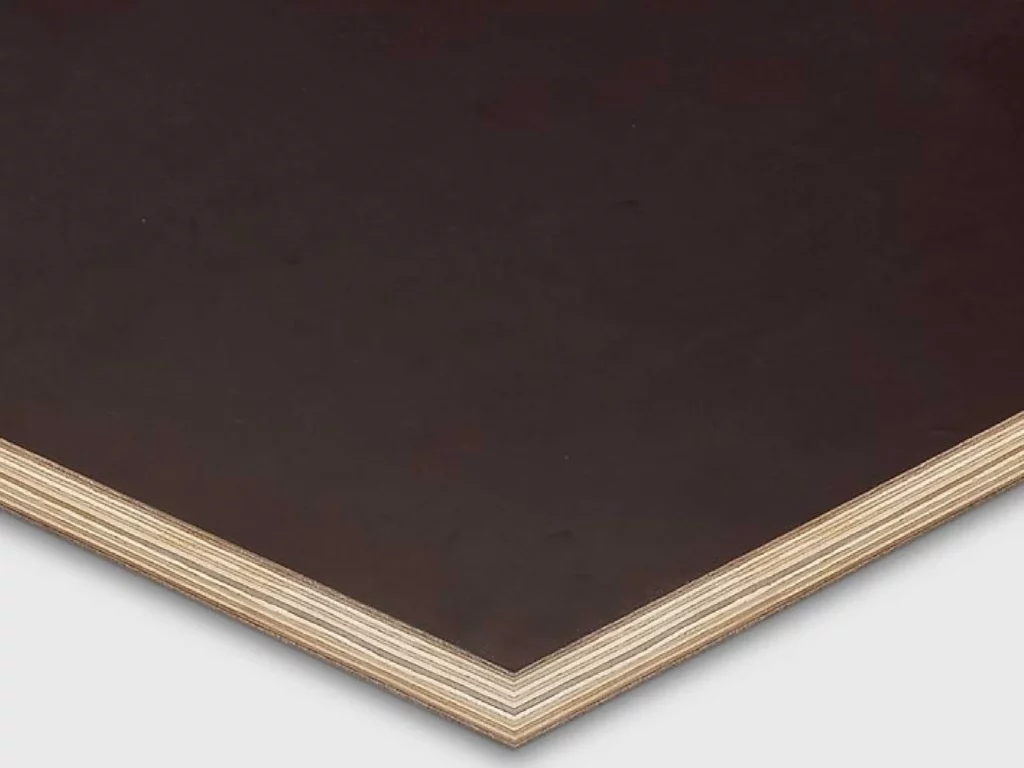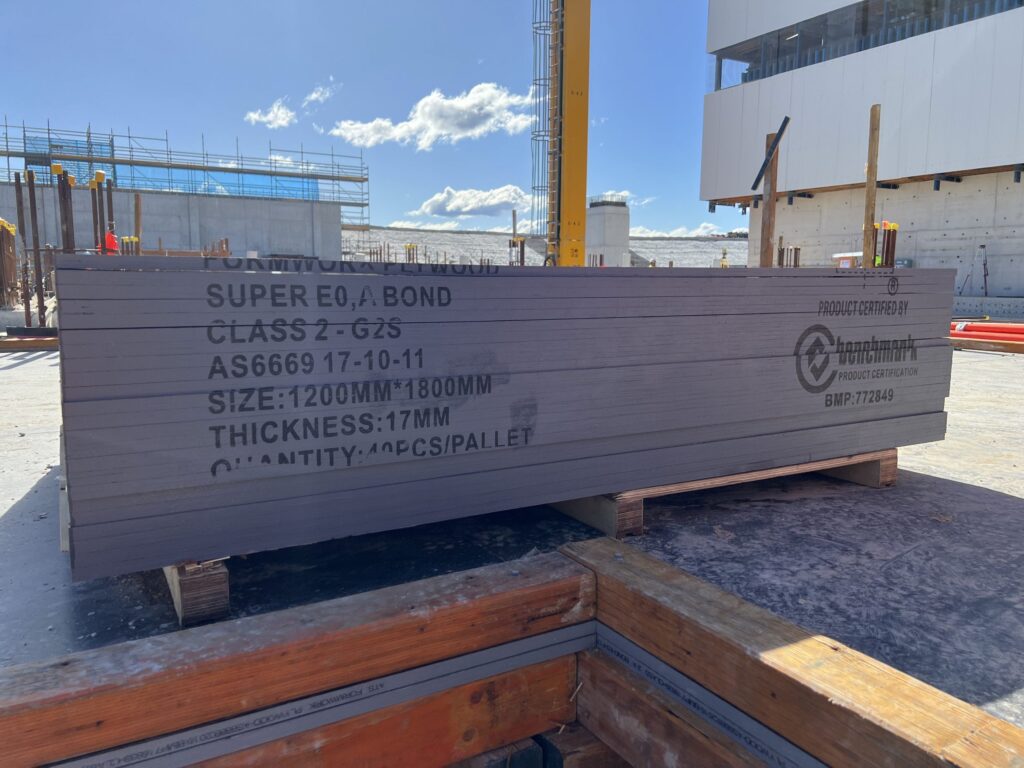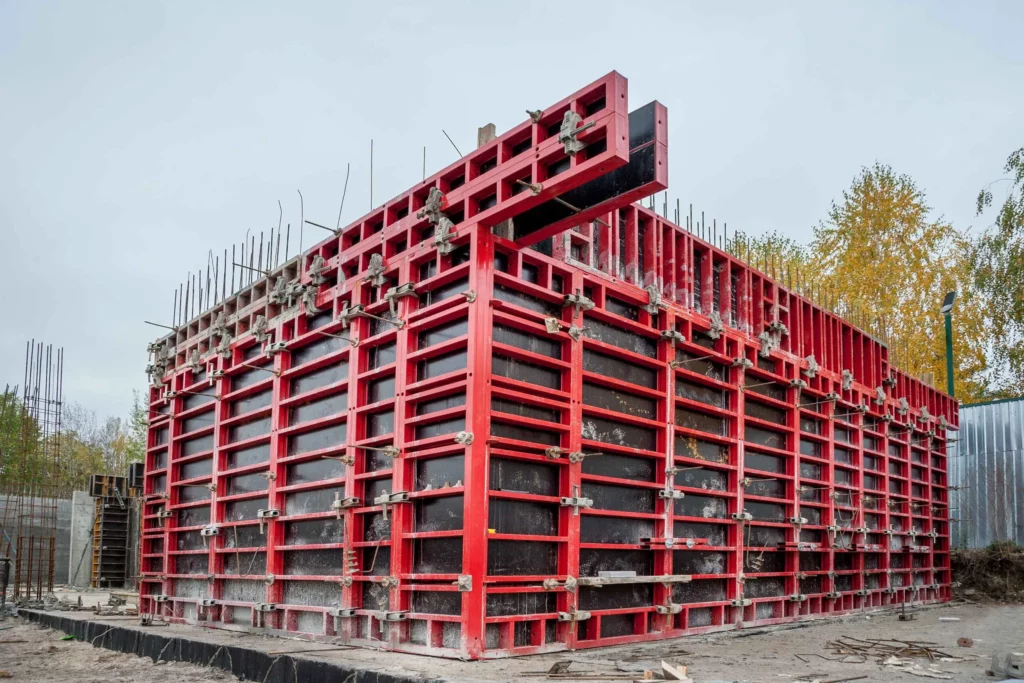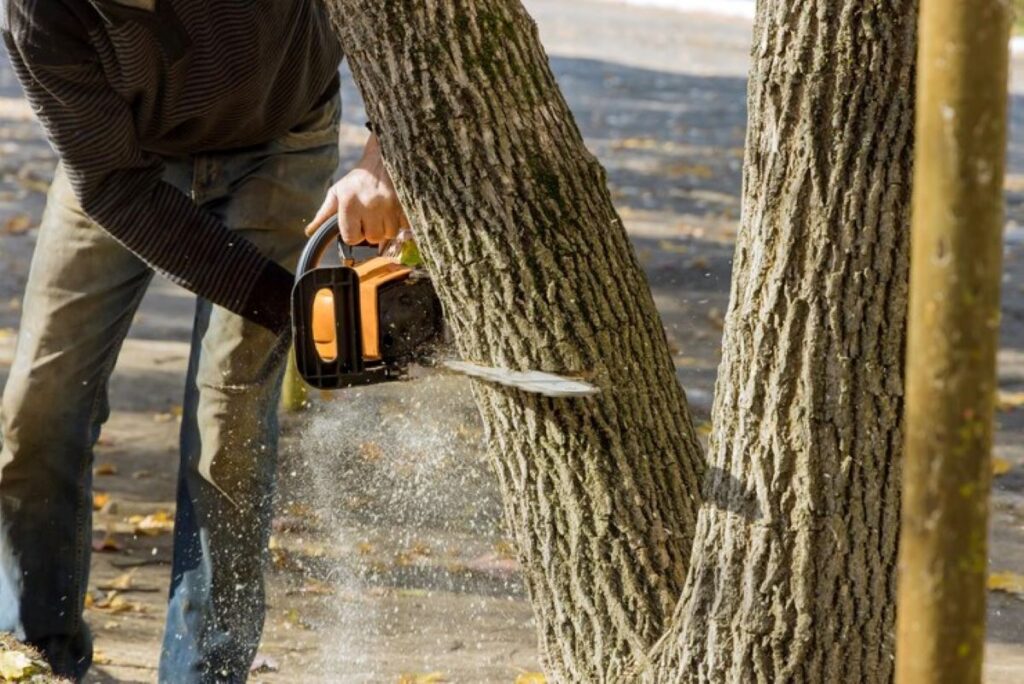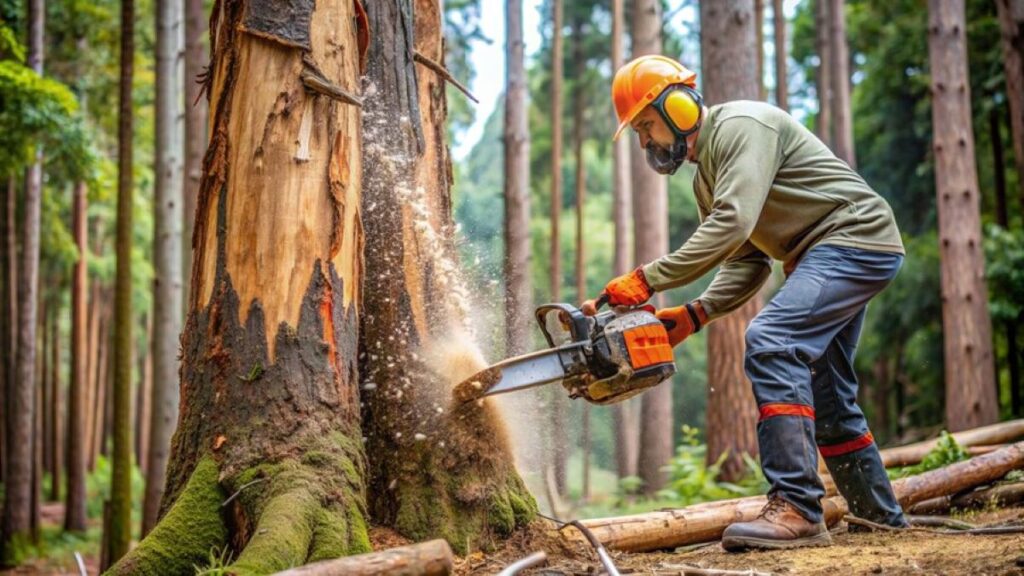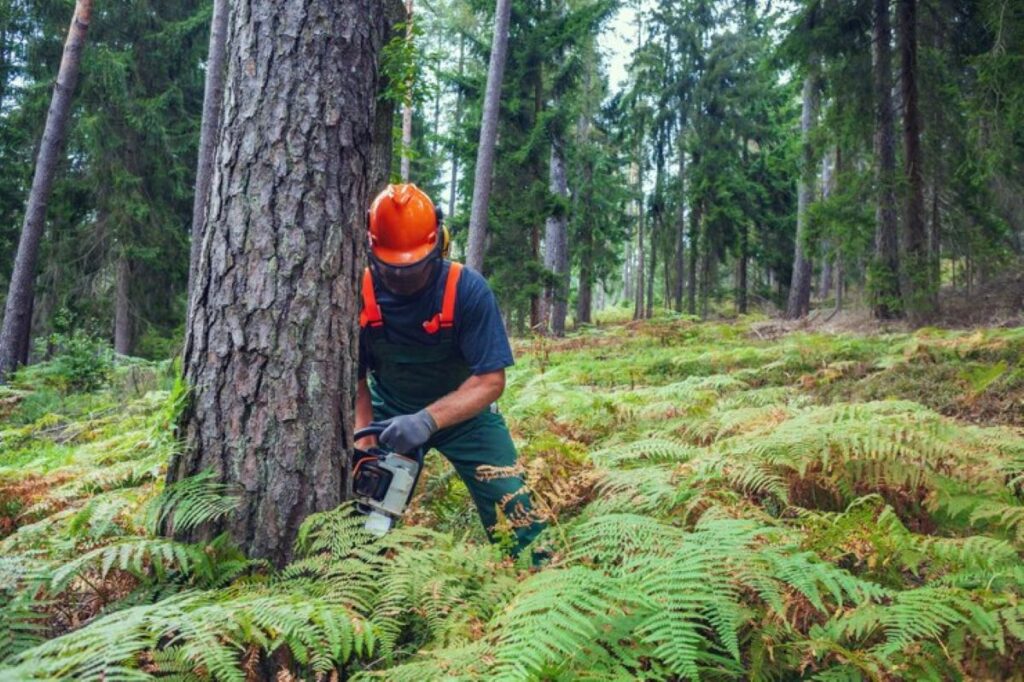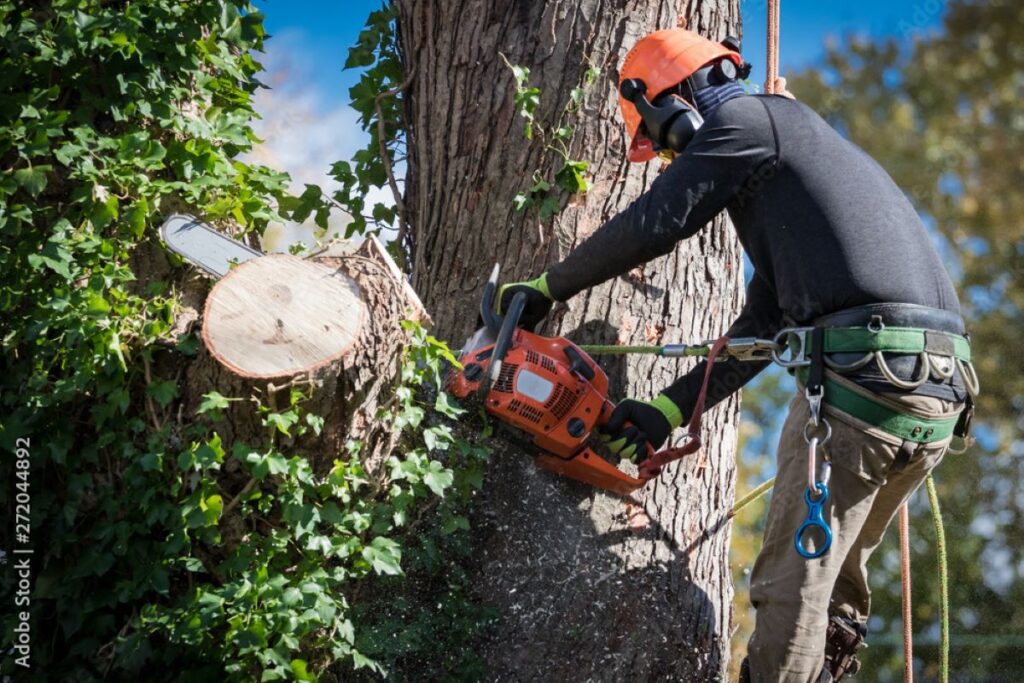Why Are Bondi Tattoo Studios Renowned for Their Custom Designs and Artistic Excellence?
Bondi tattoo studios have earned their reputation through an unwavering commitment to transforming personal stories into exceptional body art. The beachside suburb attracts artists who view tattooing as a fine art form rather than simple decoration.
These parlours distinguish themselves through custom designs that capture each client’s individual narrative. A Bondi Tattoo Parlour often emphasises detailed consultations, where artists take time to sketch original concepts that hold personal meaning rather than relying on generic flash designs. This bespoke approach ensures every piece carries authentic significance.
The secret behind Bondi’s artistic excellence lies in the calibre of talent working within these studios. Many artists in a Bondi Tattoo Parlour have trained internationally, bringing diverse techniques ranging from Japanese traditional to contemporary minimalism. They blend technical precision with creative vision, producing work that stands as both permanent art and personal expression.
Local parlours maintain professional standards through:
- Strict hygiene protocols and licensing requirements
- Continuous artist development and skill refinement
- Investment in premium equipment and pigments
- Transparent pricing and aftercare guidance
What Makes Kaleidoscope Tattoo Studio Stand Out as a Hidden Gem in Bondi?
Kaleidoscope Tattoo Studio stands out through its unwavering dedication to bespoke tattoo artistry. Every piece created here begins as a collaborative journey between artist and client, ensuring the final design captures personal meaning and aesthetic vision.
The studio’s roster features highly experienced artists who bring years of technical mastery to their craft. Their portfolio spans diverse styles—from delicate fine-line work to bold traditional pieces—demonstrating versatility that few Bondi tattoo studios can match. Each artist undergoes rigorous training and maintains current certifications in safety and hygiene practices.
What truly distinguishes this hidden gem is the comprehensive service approach:
- Detailed consultations that explore design concepts thoroughly
- Multiple revision opportunities before needle touches skin
- Aftercare guidance extending beyond the appointment
- Follow-up sessions to ensure optimal healing
The studio environment itself reflects this commitment—clean, welcoming spaces where clients feel comfortable expressing their creative ideas. Artists at Kaleidoscope Tattoo Studio treat each project as a unique artistic challenge rather than routine work.
How Does Bondi Ink Maintain Its Status as a Local Favorite While Welcoming Walk-in Clients?
Bondi Ink balances spontaneity with quality through its flexible service model that embraces both scheduled appointments and walk-in clients. The studio regularly features flash deals—pre-designed tattoos available at special rates—making professional body art accessible without compromising artistic standards. These flash deals are similar to the ones offered by Aloha Tattoo, which also makes it easier for clients to choose designs on the spot.
The parlour’s popularity stems from its vibrant, creative atmosphere where artists work openly, allowing clients to witness the collaborative energy that defines the space. This transparency builds trust among local favorite patrons who return for the studio’s consistent quality and welcoming vibe.
Their dual approach creates an environment where:
- Flash tattoos provide immediate options for spontaneous decisions
- Walk-in availability removes barriers to entry for first-time clients
- Experienced artists maintain high standards regardless of appointment type
The studio’s reputation thrives on this balance—offering accessibility through walk-ins while delivering the meticulous attention to detail that keeps the Bondi community coming back. Artists treat each piece with equal care, whether it’s a planned custom design or a same-day flash selection.
How Does One Bondi Tattoo Studio Create a Creative Space for Custom Tattoos?
One Bondi Tattoo Studio is a place where abstract ideas become permanent works of art on skin. The artists in the studio see each meeting with clients as an opportunity to work together, refining sketches until they perfectly convey the desired meaning and style.
The studio’s approach is based on three main principles:
- Collaborative design sessions that prioritize client input at every stage
- Artistic interpretation that enhances original concepts with professional expertise
- Custom-tailored techniques matched to each design’s specific requirements
Located near Bondi Junction, this creative space attracts individuals seeking tattoos that tell personal stories rather than replicate standard designs. Artists at the studio specialize in translating emotional narratives, cultural symbols, and abstract ideas into visual compositions that resonate with individual identity.
The custom tattoos created here reflect hours of consultation and artistic development. Each piece represents a unique partnership between artist vision and client imagination, establishing the studio as a destination for those prioritizing originality and meaningful body art. You may like to visit https://www.health.wa.gov.au/Articles/F_I/Health-risks-of-body-art-and-piercing-sites to get more about health risks of body art and piercing sites.
How Do These Unique Tattoo Parlours Reflect the Vibrant Culture of Bondi?
These tattoo studios reflect Bondi culture through their relaxed yet professional approach to body art. The artistic spirit of the beachside suburb is evident in each parlour’s atmosphere, where creativity and technical skill come together.
Tattoo art culture thrives in Bondi because these studios are more than just businesses:
- Artists work together with clients instead of just following instructions
- Studios embrace a wide range of artistic styles, both traditional and modern
- The casual environment promotes genuine self-expression
- Walk-in policies embody the spontaneous and accessible nature of beach culture
Each parlour strengthens the local creative community by turning personal stories into permanent art. Artists at Kaleidoscope, Bondi Ink, and One Bondi act as cultural ambassadors, preserving memories of life-changing moments, travel experiences, and personal milestones through custom designs. Their work creates a living gallery on the bodies of locals and visitors, documenting the area’s evolving identity while upholding its core values of individuality and artistic integrity.

What Can Clients Expect When Visiting These Unique Studios?
The customer experience begins with an in-depth consultation where artists listen carefully to your ideas, preferences, and desired placement. Each studio dedicates time to sketching concepts and refining designs until they perfectly capture your vision, whether you’re bringing reference images or describing an abstract idea.
During the tattoo process, artists maintain open communication about technique, pain management, and aftercare. The studios prioritize comfort through:
- Clean, welcoming environments with modern equipment
- Transparent discussions about pricing and session length
- Detailed aftercare instructions and follow-up support
- Flexibility to adjust designs during the tattooing process
Artists at these studios treat each piece as a collaborative project rather than a transaction. They invest genuine effort in understanding the personal meaning behind your tattoo, ensuring the final artwork resonates with your story. This personalized approach transforms nervous first-timers into confident clients who feel valued throughout every stage of their body art journey.
Where To Find The Best Unique Tattoos In Bondi?
Bondi’s distinctive tattoo parlours await those ready to transform their vision into permanent art. Each studio mentioned—Kaleidoscope Tattoo Studio, Bondi Ink, and One Bondi Tattoo Studio—offers a gateway to exceptional custom work that stands apart from conventional tattoo shops.
Your next unique tattoo begins with exploring these hidden gems scattered throughout Bondi and Bondi Junction. These parlours share a common thread: unwavering dedication to personalized service and artistic excellence.
The value of choosing a studio that prioritizes creativity cannot be overstated. When artists invest time understanding your concept, collaborate on design elements, and execute with precision, the result transcends typical body art. It becomes a meaningful expression of identity.
Whether you’re drawn to Kaleidoscope’s bespoke approach, Bondi Ink’s accessible yet professional atmosphere, or One Bondi’s creative haven philosophy, each location promises an experience where your ideas receive the attention they deserve.
See Also : Meet the Artists Behind the Famous Bondi Road Tattoo Scene


